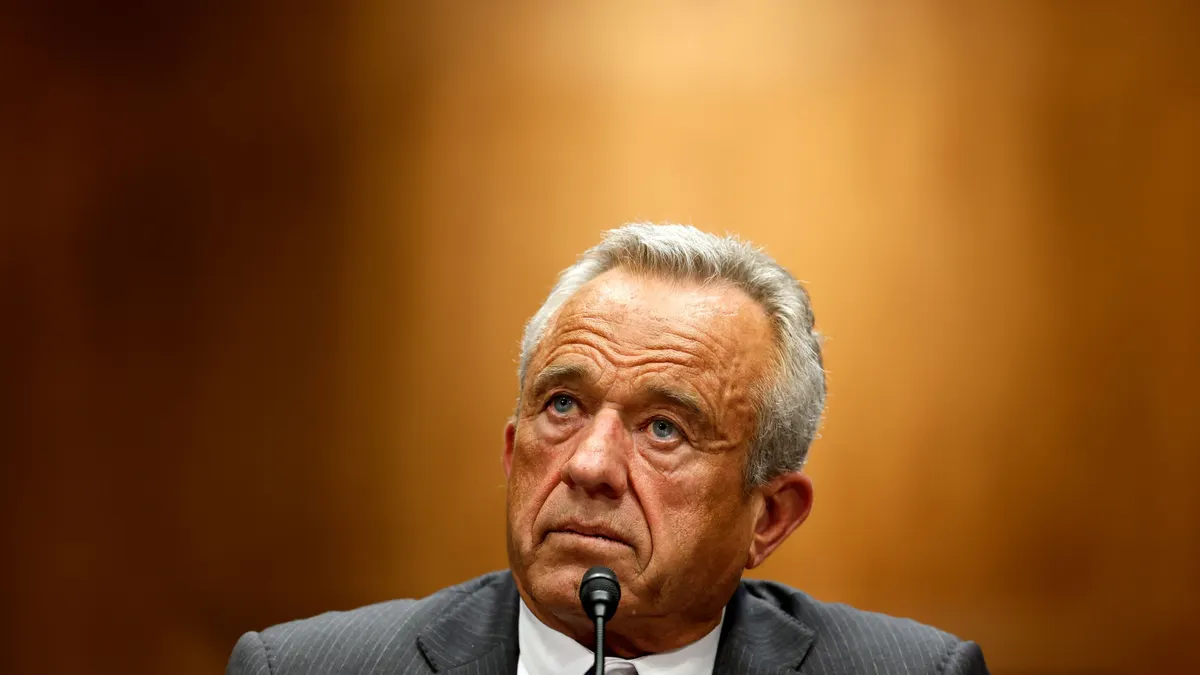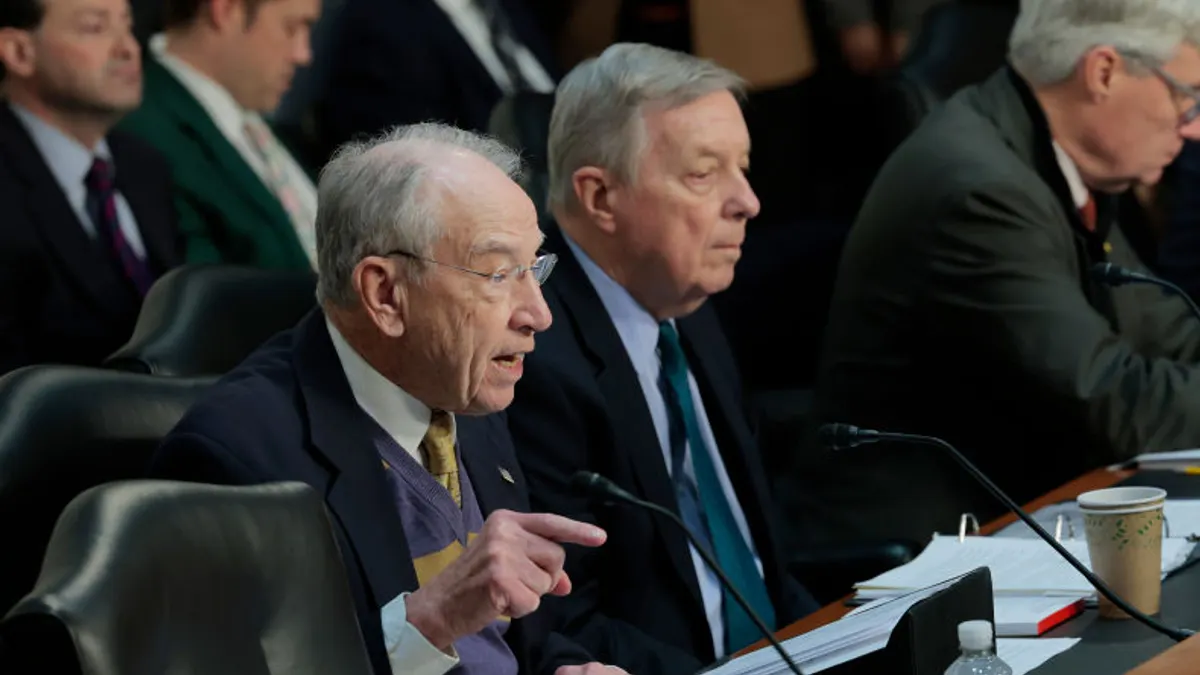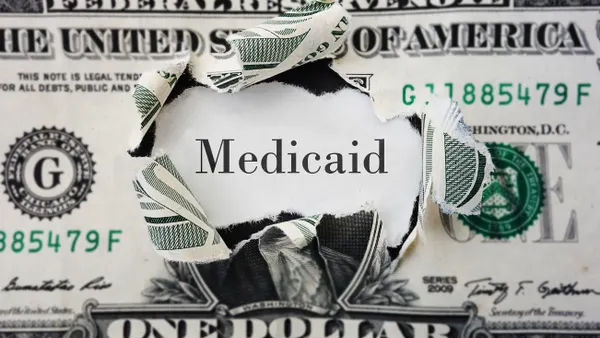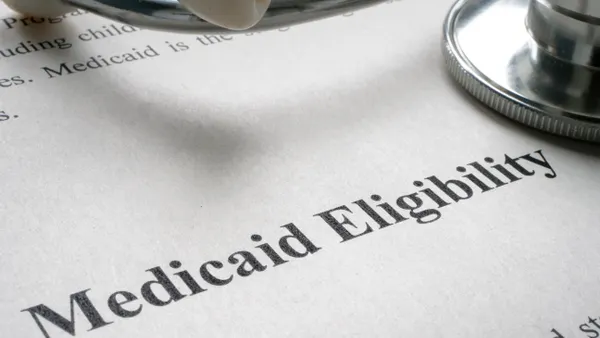Dive Brief:
- Premiums for health plans on the Affordable Care Act marketplaces could more than double in 2026 if more generous financial assistance for enrollees expires at the end of the year, according to an analysis published Tuesday by health policy researcher KFF.
- If Congress allows the enhanced premium tax credits to lapse, subsidized enrollees would see their premiums rise from an average of $888 in 2025 to $1,904 in 2026 — a $114% increase, KFF found.
- The increased subsidies are at the center of a funding fight between Democrats and Republicans on Capitol Hill that shut down the federal government early Wednesday. Democrat lawmakers opposed spending legislation that wouldn’t extend the premium tax credits.
Dive Insight:
The more generous subsidies, first enacted in 2021 amid the COVID-19 pandemic, increased the funds available to ACA enrollees already eligible for financial assistance.
The policies also allowed middle-income beneficiaries with incomes above 400% of the federal poverty line to receive subsidies for the first time.
Enrollment in the exchanges has exploded since the increased financial assistance was put in place, with the vast majority of enrollees receiving an enhanced premium tax credit, according to KFF. More than 24 million people signed up for ACA health plans for 2025, an all-time high.
But the financial assistance is set to lapse at the end of the year without congressional action. Democrats have pushed to include an extension in legislation that would keep the government funded past Sept. 30, but Republicans argued the fight over the extension could wait until a short-term spending plan was in place.
Republican lawmakers have also raised concerns about the cost of extending the subsidies. The Congressional Budget Office estimates that permanently extending the financial assistance would increase the federal deficit by $358 billion over the next 10 years.
However, time to make the decision is running short, as insurers are already proposing rate changes and open enrollment begins next month.
A previous KFF analysis found average premium payments would have increased 75% without the enhanced premium tax credits. But the researcher’s new report found costs for beneficiaries could spike higher, in part because insurers are proposing to raise premiums by a median of 18% due to heightened healthcare costs and the possible expiration of subsidies, KFF wrote.
Another factor are changes to the way tax credits are calculated, which was enacted by the Trump administration in a regulation finalized this summer.
Beneficiaries across incomes could see significant premium increases, according to KFF’s new analysis. For example, a 60-year-old couple making $85,000 a year could see their premiums rise by more than $22,600 next year. A 45-year-old earning $20,000 would see premium payments rise from $0 to $420.















